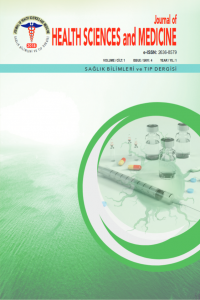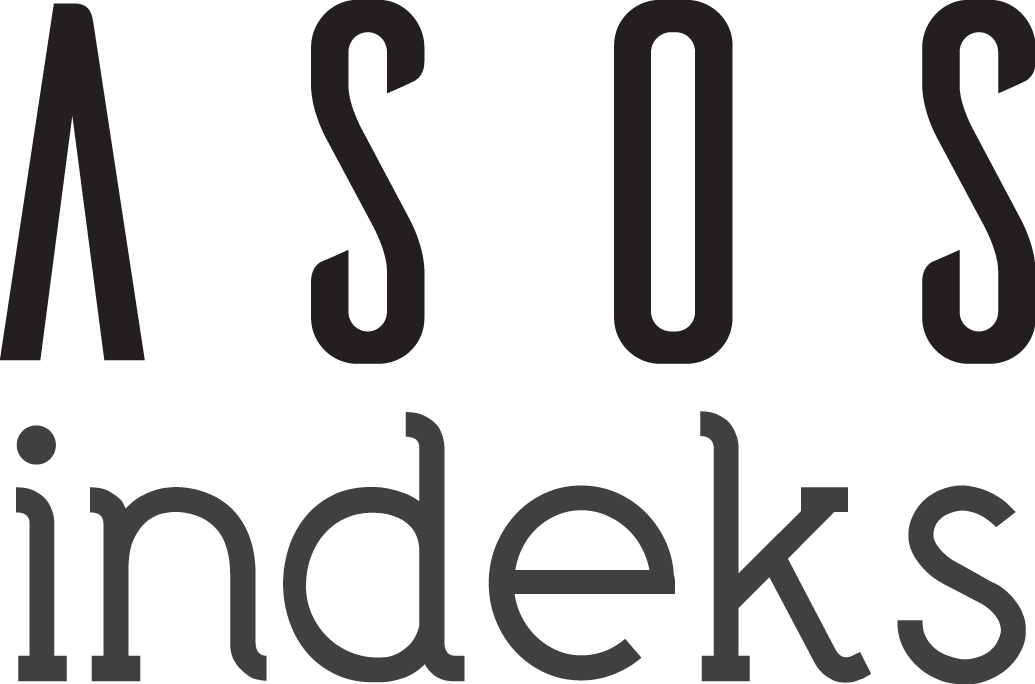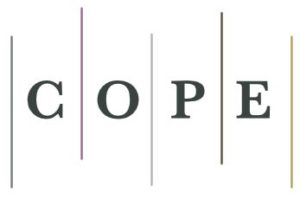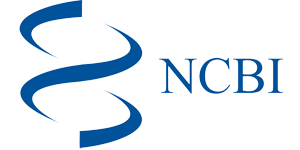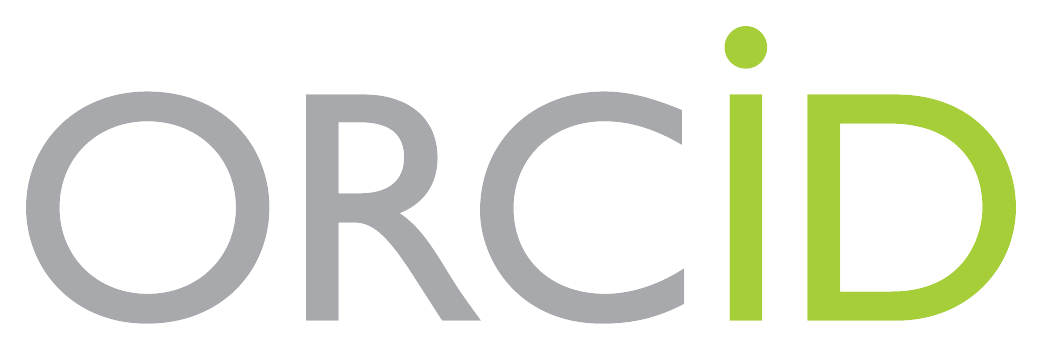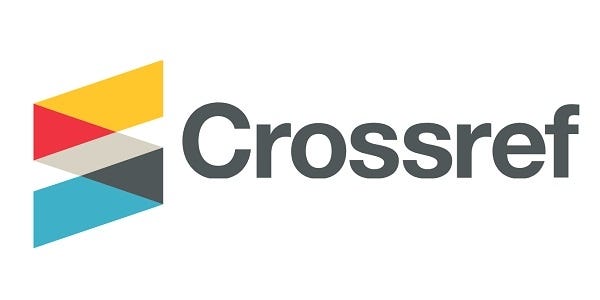Abstract
Giriş: El yaralanmaları ülkemizde
sıklıkla görülen, ciddi iş gücü ve fonksiyon kaybına yol açan bir durumdur. Türkiye’de el
yaralanmalarının oluş nedenleri ve epidemiyolojisi ile ilgili çalışmalar
sınırlıdır. Biz bu çalışmada acil
servisimize açık el yaralanması ile başvuran
hastaların etiyolojilerini, demografik özelliklerini, klinik bulgularını
ve sonuçlarını ortaya koyarak ileride
uygulanması muhtemel bir önleyici program için ışık tutacak verilerin elde edilmesini amaçladık.
Gereç ve Yöntem: Ocak
2010 – Aralık 2013 tarihleri arasında acil servise izole açık el
yaralanması nedeniyle başvuran 1180 hastanın kayıtları retrospektif olarak incelendi. .
Kayıtlardan yaş, cinsiyet, başvuru günü, meslek, yaralanma nedeni, yaranın lokalizasyonu, yaranın türü,
yapılan medikal tedaviler ve sonuçları incelenmiştir.
Bulgular: Çalışmaya alınan hastaların 889’unu (%75,3) erkekler oluşturmuştur. Yaş ortalaması 32.47±18.51’dir. El
travmalarının meydana geldiği günler incelendiğinde en fazla travmanın 185
hasta (%15,7) ile cuma gününde olduğu görülmüştür.
Çalışmaya alınan hastaların 699’u (%59,2) ev kazasında yaralanmıştır. En
sık yaralanan meslek grubunun 103 olgu (%8,7) ile kereste-ahşap işinde
çalışanlar olduğu saptanmıştır. Çalışmaya alınan hastaların 596’sında (%50,5)
yüzeyel yaralanma saptanmıştır. Olguların 488’i (%41,4) primer sütüre
edilmiş ve 788’i
(%66,8) de taburcu edilmiştir.
Sonuç: El yaralanmasıyla acil servise başvuran
hastaların büyük bir kısmını çalışan genç erkek hastalar oluşturmaktadır. El
yaralanmalarının erken tedavisi ve uygun rehabilitasyonu iş gücü kayıpları ve
ekonomik giderleri azaltmak için önemlidir. Burada asıl üstünde durulması gereken nokta el
yaralanmalarının önüne geçebilecek önleyici tedbirlerin alınması olduğu
düşünülmektedir.
Keywords
References
- 1. Gideroğlu K, Sağlam İ, Çakıcı H, Özturan KE, Güven M, Görgü M. Bolu yöresi el yaralanmalarının epidemiyolijisi: retrospektif klinik çalışma. Abant Med J 2012; 1(1): 13-5.
- 2. Rinkevich Y, Maan ZN, Walmsley GG, Sen SK. Injuries to appendage extremities and digit tips: a clinical and cellular update. Dev Dyn 2015; 244(5): 641-50.
- 3. Ünlü RE, Abacı Ünlü E, Orbay H, Şensöz Ö, Ortak T. Ezici el yaralanmaları. Turkish journal of trauma & emergency surgery: TJTES 2005; 11(4): 324-328.
- 4. Sandvall BK, Keys KA, Friedrich JB. Severe hand injuries from fireworks: injury patterns, outcomes, and fireworks types. J Hand Surg 2017; 42(5): 385.
- 5. Bozkurt S, Savrun A, Okumus M, Bilal Ö, Baykan H, Kalender AM. Evaluation of patients applying to the emergency service with complaint of isolated hand injuries. Acad Emerg Med 2015;14(2):54.
- 6. Chang HL, Jung JH, Kwak YH, et al. Quality improvement activity for improving pain management in acute extremity injuries in the emergency department. Clin Exp Emerg Med 2018; 5(1): 51.
- 7. Eisele A, Dereskewitz C, Kus S, et al. Factors affecting time off work in patients with traumatic hand injuries—A bio-psycho-social perspective. Injury. 2018 (doi: 10.1016/j.injury.2018.07.012).
- 8. Ghiya MN, Murty S, Shetty N, D'Cunha R. A descriptive study of hand injuries presenting to the adult emergency department of a tertiary care center in urban India. J Emerg Trauma Shock 2017; 10(1): 19.
- 9. Trybus M, Lorkowski J, Brongel L, Hľadki W. Causes and consequences of hand injuries. Am J Surg 2006; 192(1): 52-7.
- 10. Karasoy A, Sakinsel A, Gözü A, Kuran İ, Baş L. Acil el yaralanmalarinda deneyimlerimiz. Turkish journal of trauma & emergency surgery: TJTES 1998; 4: 265-9.
- 11. Keskin ED, Seçkin Ü, Bodur H, Sevil A, Erdoğan B, Akyüz M. Tendon yaralanmalı hastalarımızın klinik özellikleri. Turk J Phys Med Rehab's 2005;51:3.
- 12. Smith ME, Auchincloss J, Ali M. Causes and consequences of hand injury. J Hand Surg 1985; 10(3): 288-92.
- 13. Choyce M, Potts M, Maitra A. A profile of sports hand injuries in an accident and emergency department. J Emerg Med 1998;15(1):35-8.
- 14. Gustafsson M, Amilon A, Ahlström G. Trauma-related distress and mood disorders in the early stage of an acute traumatic hand injury. J Hand Surg 2003; 28(4): 332-8.
Abstract
Introduction: Hand injuries are a common
condition that causes serious loss of labor and
skill function. İn Turkey, studies on the epidemiology and causes of hand
injuries is limited. The purpose of this study was to determine the etiology,
demographic characteristics, clinical findings and outcomes of patients who
applied to emergency department with
open hand injury and to obtain data that can be used as a preliminary model for
future protective programs.
Material and Method: Between January 2010- December
2013, records of 1180 of patients who
applied to emergency department for an
isolated open hand injury were retrospectively reviewed. The records were examined for age, sex,
date of application, occupation, cause of injury, localization or type of injury, medical treatments and
outcome.
Results: 889 (75.3%) of the patients were male. The average age of the patients included in the study was 32.47 ± 18.51. When the days of injury were examined, injury was generally seen on Friday with 185 patients (15.7%). The main cause of the injuries were 699 (59.2%) home accidents. 103 cases (8.7%) were working in wooden work. The most commonly encountered injury was cuts on skin (50.5%), as observed in 596 cases. 488 (41.4%) of the cases were primary sutured and 788 (66.8%) of the cases were discharged.
Conclusion:
Patients
who are admitted to emergency department
due to hand injuries, most of them are young male patients.
It is possible to reduce labor and economic losses with early treatment of hand
injuries and appropriate rehabilitation. We think that the training of
employees in occupational health and the promotion of the use of protective
clothes and the strict control mechanism to be created are the main measures.
References
- 1. Gideroğlu K, Sağlam İ, Çakıcı H, Özturan KE, Güven M, Görgü M. Bolu yöresi el yaralanmalarının epidemiyolijisi: retrospektif klinik çalışma. Abant Med J 2012; 1(1): 13-5.
- 2. Rinkevich Y, Maan ZN, Walmsley GG, Sen SK. Injuries to appendage extremities and digit tips: a clinical and cellular update. Dev Dyn 2015; 244(5): 641-50.
- 3. Ünlü RE, Abacı Ünlü E, Orbay H, Şensöz Ö, Ortak T. Ezici el yaralanmaları. Turkish journal of trauma & emergency surgery: TJTES 2005; 11(4): 324-328.
- 4. Sandvall BK, Keys KA, Friedrich JB. Severe hand injuries from fireworks: injury patterns, outcomes, and fireworks types. J Hand Surg 2017; 42(5): 385.
- 5. Bozkurt S, Savrun A, Okumus M, Bilal Ö, Baykan H, Kalender AM. Evaluation of patients applying to the emergency service with complaint of isolated hand injuries. Acad Emerg Med 2015;14(2):54.
- 6. Chang HL, Jung JH, Kwak YH, et al. Quality improvement activity for improving pain management in acute extremity injuries in the emergency department. Clin Exp Emerg Med 2018; 5(1): 51.
- 7. Eisele A, Dereskewitz C, Kus S, et al. Factors affecting time off work in patients with traumatic hand injuries—A bio-psycho-social perspective. Injury. 2018 (doi: 10.1016/j.injury.2018.07.012).
- 8. Ghiya MN, Murty S, Shetty N, D'Cunha R. A descriptive study of hand injuries presenting to the adult emergency department of a tertiary care center in urban India. J Emerg Trauma Shock 2017; 10(1): 19.
- 9. Trybus M, Lorkowski J, Brongel L, Hľadki W. Causes and consequences of hand injuries. Am J Surg 2006; 192(1): 52-7.
- 10. Karasoy A, Sakinsel A, Gözü A, Kuran İ, Baş L. Acil el yaralanmalarinda deneyimlerimiz. Turkish journal of trauma & emergency surgery: TJTES 1998; 4: 265-9.
- 11. Keskin ED, Seçkin Ü, Bodur H, Sevil A, Erdoğan B, Akyüz M. Tendon yaralanmalı hastalarımızın klinik özellikleri. Turk J Phys Med Rehab's 2005;51:3.
- 12. Smith ME, Auchincloss J, Ali M. Causes and consequences of hand injury. J Hand Surg 1985; 10(3): 288-92.
- 13. Choyce M, Potts M, Maitra A. A profile of sports hand injuries in an accident and emergency department. J Emerg Med 1998;15(1):35-8.
- 14. Gustafsson M, Amilon A, Ahlström G. Trauma-related distress and mood disorders in the early stage of an acute traumatic hand injury. J Hand Surg 2003; 28(4): 332-8.
Details
| Primary Language | English |
|---|---|
| Subjects | Health Care Administration |
| Journal Section | Original Article |
| Authors | |
| Publication Date | December 30, 2018 |
| Published in Issue | Year 2018 Volume: 1 Issue: 4 |
Interuniversity Board (UAK) Equivalency: Article published in Ulakbim TR Index journal [10 POINTS], and Article published in other (excuding 1a, b, c) international indexed journal (1d) [5 POINTS].
The Directories (indexes) and Platforms we are included in are at the bottom of the page.
Note: Our journal is not WOS indexed and therefore is not classified as Q.
You can download Council of Higher Education (CoHG) [Yüksek Öğretim Kurumu (YÖK)] Criteria) decisions about predatory/questionable journals and the author's clarification text and journal charge policy from your browser. https://dergipark.org.tr/tr/journal/2316/file/4905/show
The indexes of the journal are ULAKBİM TR Dizin, Index Copernicus, ICI World of Journals, DOAJ, Directory of Research Journals Indexing (DRJI), General Impact Factor, ASOS Index, WorldCat (OCLC), MIAR, EuroPub, OpenAIRE, Türkiye Citation Index, Türk Medline Index, InfoBase Index, Scilit, etc.
The platforms of the journal are Google Scholar, CrossRef (DOI), ResearchBib, Open Access, COPE, ICMJE, NCBI, ORCID, Creative Commons, etc.
| ||
|
Our Journal using the DergiPark system indexed are;
Ulakbim TR Dizin, Index Copernicus, ICI World of Journals, Directory of Research Journals Indexing (DRJI), General Impact Factor, ASOS Index, OpenAIRE, MIAR, EuroPub, WorldCat (OCLC), DOAJ, Türkiye Citation Index, Türk Medline Index, InfoBase Index
Our Journal using the DergiPark system platforms are;
Journal articles are evaluated as "Double-Blind Peer Review".
Our journal has adopted the Open Access Policy and articles in JHSM are Open Access and fully comply with Open Access instructions. All articles in the system can be accessed and read without a journal user. https//dergipark.org.tr/tr/pub/jhsm/page/9535
Journal charge policy https://dergipark.org.tr/tr/pub/jhsm/page/10912
Our journal has been indexed in DOAJ as of May 18, 2020.
Our journal has been indexed in TR-Dizin as of March 12, 2021.
Articles published in the Journal of Health Sciences and Medicine have open access and are licensed under the Creative Commons CC BY-NC-ND 4.0 International License.

